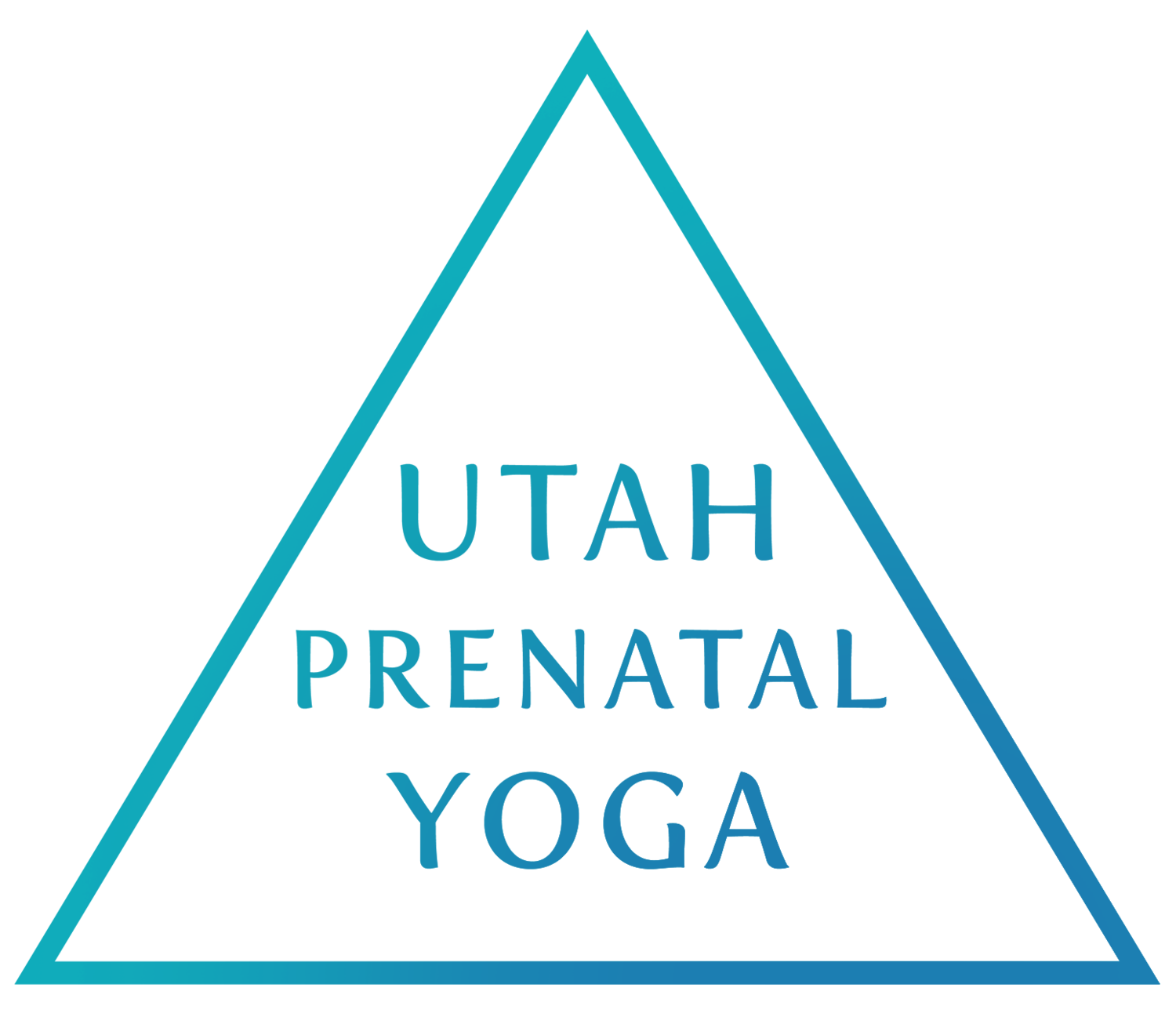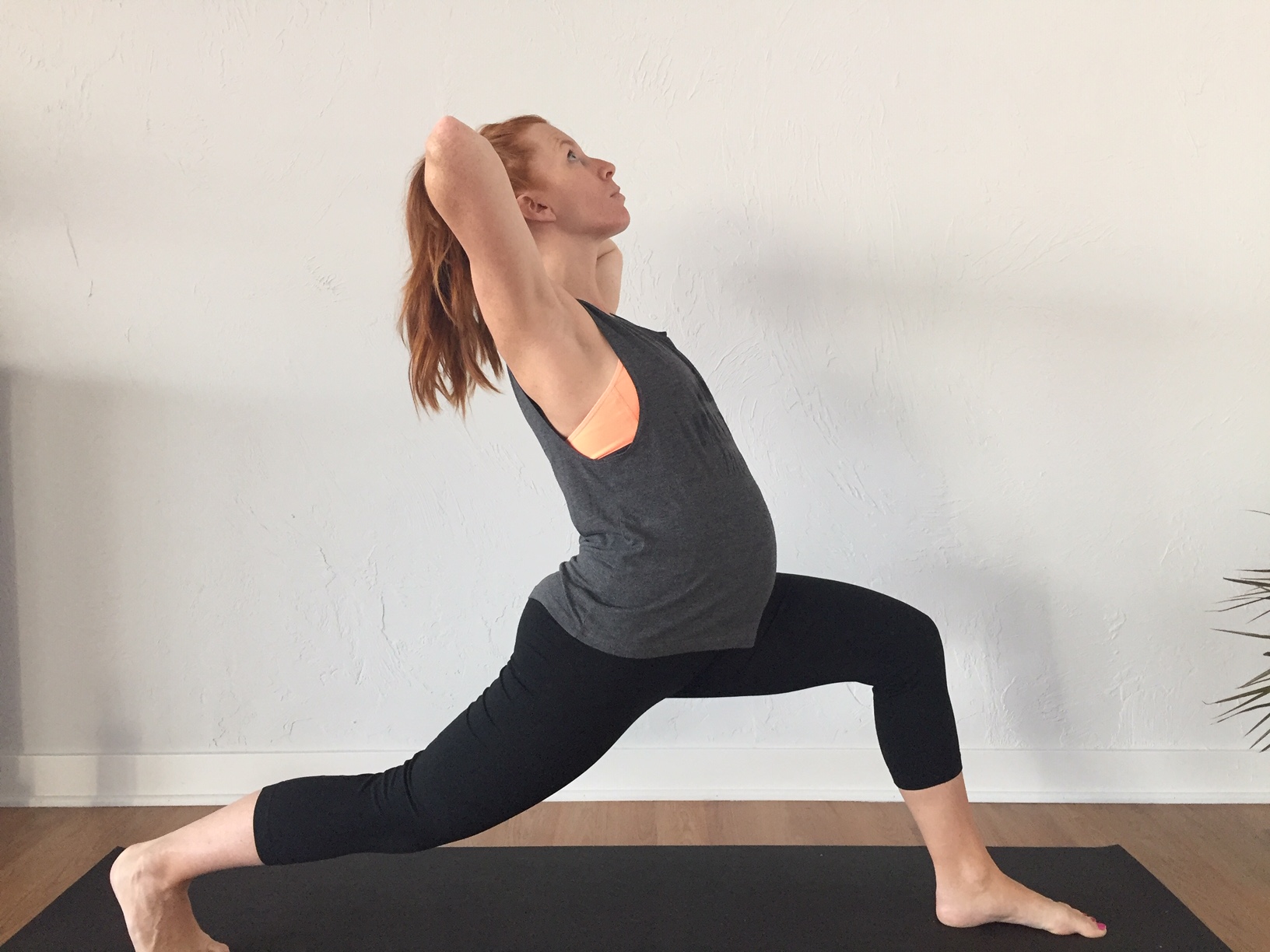When someone says back-bend, maybe you picture an actual upside-down-like-when-you-were-five-back-bend? That’s where it gets tricky! Back-bends show up in soooo many poses in the yoga practice. In fact, you could do just about any of them and over-arch the back. Some of the most common poses where the ribs and pelvis come out of alignment are lunges, warriors, chair pose, standing, balancing poses, and forward folding poses.
Why does this matter? During pregnancy the body allows for the necessary and appropriate amount of stretching of the linea alba (the connective tissue that runs down the center of rectus abdominus). Creating excessive stretching and pressure can cause the muscles to separate more than they need to, leading to a condition called diastasis recti abdominus (DRA).
DRA can happen to anyone, it’s not caused by pregnancy but can be exacerbated by pregnancy. Most women will experience some degree of separation at full-term but the goal is to mitigate how much separation there is. After birth it may take a few weeks to months for the gap to close, but it is NOT something that should persist beyond that. DRA is caused by intra-abdominal pressure and is most likely related to daily alignment, posture and yes- how you exercise. While the body transitions in and out of the pregnant state it’s advisable to limit the amount of deep back-bending in your routine.
And it’s not just about DRA ... deep back-bends during the birth year can lead to other un-fun side effects like low back pain, pelvic floor dysfunction and shoulder/neck pain. Watch for the poses where you tend to over-stretch the belly and aim to keep the ribs and pelvis aligned during exercise. You’ll be doing your body a favor and saving yourself from a longer recovery. If you do find yourself with a significant separation after birth, be sure to seek out a professional (with experience in healing DR, probably not your kick-boxing instructor) who can help you with the appropriate course of action to recover core function.
Practice Smarter!
(Images) take a closer look: this lovely mama is demonstrating lunge. Can you see how a back-bend can sneak into the pose? In the first picture she keeps her back nice and full and her head lined up with her spine. It’s still a pretty big heart opener, but MUCH more mindful than the 2nd picture where she lets her head drop back and over-stretches the belly.
Practice a lunge in good alignment by drawing the rib cage back and keeping the head and ribs in line with the pelvis.
Back-bends can hide in almost every pose- notice how the belly is pushed forward, low back is compressed and the head is dropping back. Watch for poses where you tend to over-stretch and adjust your core so that it’s better alignment. Your core will thank you later:)


